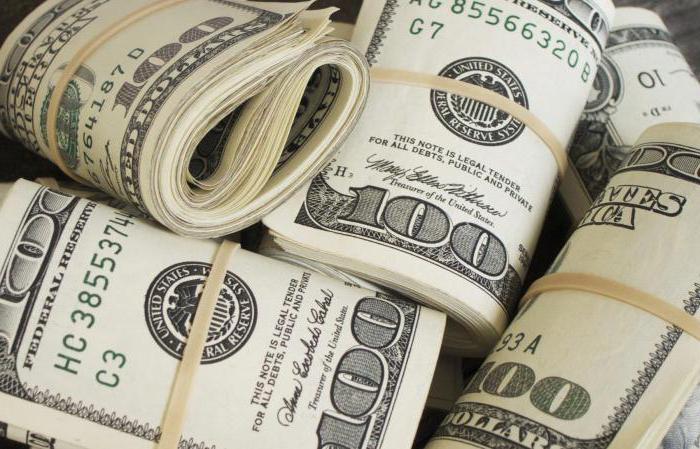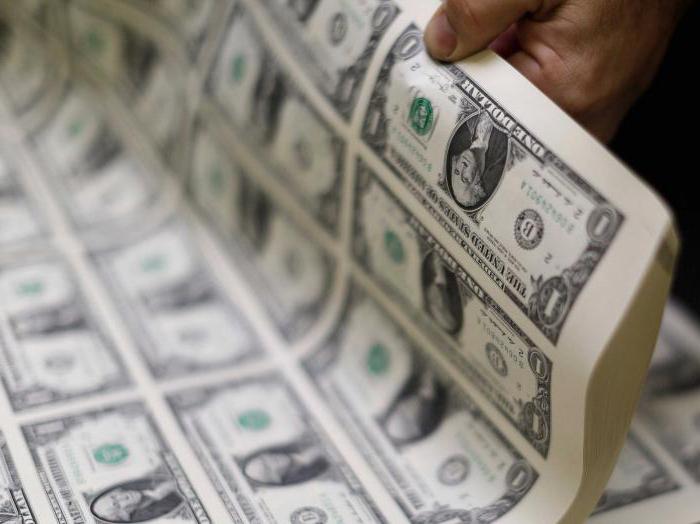The first money appeared a very, very long time ago. At first, their functions were performed by stones, pearls, mollusk shells and other objects that were at hand. All this was replaced by metal coins, and then it came to paper. What is paper money made of? What kind of material is used to create modern notes?
What is paper money made of?
Forging coins, of course, is an exciting occupation, but was accompanied by a number of difficulties. First, the metal for them must first be mined. Secondly, the coins were too heavy - one bunch could weigh about three kilograms.
Uncomfortable money was first tried to be replaced around the 1st century BC. e. in China using a deer skin. Such an invention did not receive wide distribution, and in the 9th century AD e. paper currency has already appeared in China.
It was much easier, more convenient and rather resembled a certificate or a receipt on a person’s solvency, which the merchant could exchange for coins. Independent notes appeared a century later. They were made from wood and plant matter mixed with starch or glue. The material was usually wood ash and mulberry bark.
For so many years, the technology for the production of notes has long changed. What are paper money made of right now? The raw materials for them are cotton and linen in various proportions. They contain more cellulose than ordinary wood, which means they provide greater strength and durability. The amount of cotton depends on a specific country, but mainly ranges from 70% and above. In the USA, for example, it is 75%, and the remaining 25% is flax.

Manufacturing process
After we learned what paper money is made of, let's talk about the technology itself. To begin with, plant materials are converted into a single liquid mass. Then it is poured onto a special grid on which the water is filtered and only a mixture of fibers remains.
There are two types of equipment for low tide or straining. Cutlery looks like a flat horizontal grid. The round-mesh machine looks like a cylinder. To get rid of residual moisture, the mixture is placed under a press, and then dried.
The main qualities that a bill should have are resistance to various mechanical influences. To give strength to the pulp, starch, resins or other substances are added. Sometimes they also impregnate the surface of a monetary paper.

After making the bills, they are carefully checked for susceptibility to kink and tear. Quality paper must withstand up to several thousand double bends, and its breaking length should be at least a thousand meters.
Counterfeit protection
To prevent copying money, watermarks are often used - certain images that appear on paper when viewed in the light. This is a kind of embossed embossing on fibers. It is applied with a special roller, an egueter, at the stage of casting the mixture. In the places where the roller is applied, the fibers become thinner, which forms the desired effect.

In addition, to make the bill unique, relief drawings, metallized ribbons, microfilaments and microfonts, holograms are used. Thanks to this, copying money becomes more difficult, and it is easier to calculate an attacker.